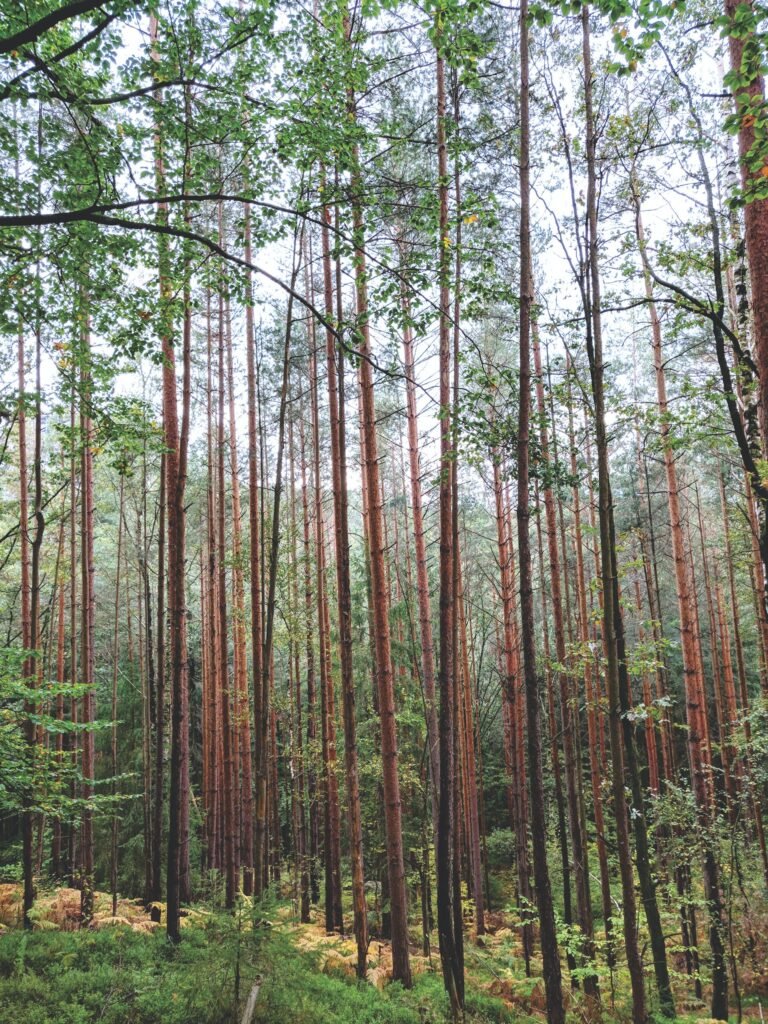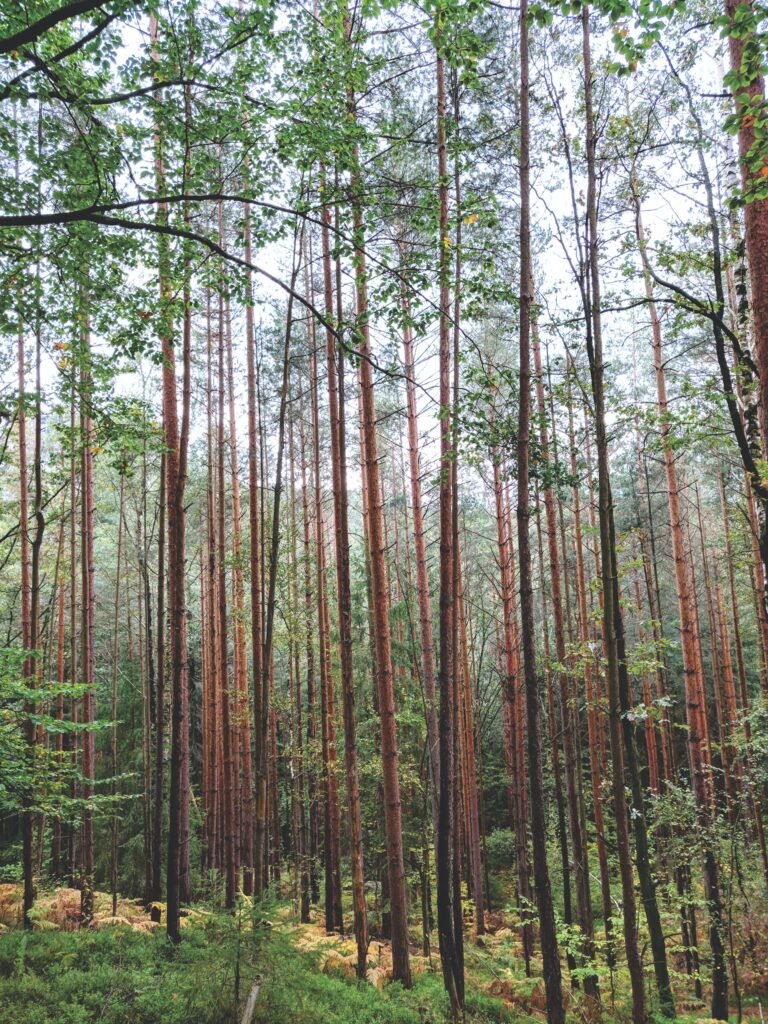In the bustling urban landscape of Brisbane Southside, where skyscrapers reach for the sky and the pace of life can be relentless, an unlikely hero quietly weaves through the neighborhoods, connecting communities in a way that often goes unnoticed: tree lopping. Beyond its apparent role in maintaining greenery and ensuring safety, tree lopping plays a crucial, yet underappreciated, part in building and strengthening the bonds that tie communities together.

Creating Spaces for Connection
At first glance, the rows of trees lining the streets and parks may seem like mere decorations, providing shade and aesthetics. However, these canopies serve as communal spaces where residents converge, fostering a sense of belonging. Tree lopping, when done strategically, enhances these spaces, making them more accessible and inviting. Regular maintenance ensures that the trees remain healthy, providing shade for community gatherings, picnics, and other social events that contribute to the vibrancy of local life.
Community Engagement in Action
Tree lopping projects often involve local arborists collaborating with community members. Workshops and educational programs on proper tree care not only empower residents but also create opportunities for people to come together, sharing knowledge and experiences. This shared sense of responsibility for the greenery in their surroundings fosters a communal spirit that extends beyond the immediate task at hand.
Street Trees as Conversation Starters
The trees along the streets of Brisbane Southside serve as silent witnesses to the ebb and flow of daily life. Regular tree lopping not only maintains the health and aesthetics of these trees but also acts as a conversation starter among neighbors. As residents observe the arborists at work or notice the changes in their surroundings, they find common ground for discussion, sparking conversations that might not have occurred otherwise.
Cultural Connections through Arboriculture
Brisbane Southside is a melting pot of diverse cultures, each with its own unique relationship with nature. Tree lopping, with its deep roots in arboriculture, becomes a common ground where different cultural perspectives converge. From traditional tree care methods to the significance of specific tree species, the act of tending to the community’s greenery becomes a celebration of cultural diversity, fostering understanding and appreciation among residents.
Greening the Gaps
In an urban environment dominated by concrete and steel, trees provide a welcome respite, softening the harsh lines of the cityscape. Tree lopping plays a key role in maintaining this green connectivity. As arborists trim and shape the trees, they contribute to the creation of green corridors, linking parks, residential areas, and commercial spaces. This connectivity, both visual and physical, encourages residents to explore their surroundings, strengthening the ties between different parts of the community.
Environmental Stewardship as a Shared Goal
Brisbane Southside, like many urban areas, faces environmental challenges, including issues related to air quality and climate change. Tree lopping, when approached with an environmentally conscious mindset, becomes a shared endeavor toward sustainability. Arborists and community members working together to care for trees send a powerful message: that the community is committed to being good stewards of the environment and is actively contributing to the city’s green initiatives.
Celebrating Milestones
The cyclical nature of tree lopping creates a unique calendar for communities. Arborists work seasonally, addressing different needs at different times of the year. This cycle, from pruning in the spring to preparing for winter storms, becomes a shared experience for residents. Community events and gatherings centered around these arboricultural milestones further strengthen the sense of unity and shared purpose among community members.
Beyond Branches and Leaves
In the midst of the urban hustle and bustle, tree lopping in Brisbane Southside quietly forges connections among residents, creating a tapestry of shared experiences, values, and aspirations. Beyond its practical implications for tree health and safety, tree lopping becomes a vehicle for community engagement, cultural exchange, and environmental stewardship. As we appreciate the arborists shaping the landscape, let us also recognize the invisible thread they weave, connecting communities in ways that extend far beyond the branches and leaves they tend to with care and expertise.

